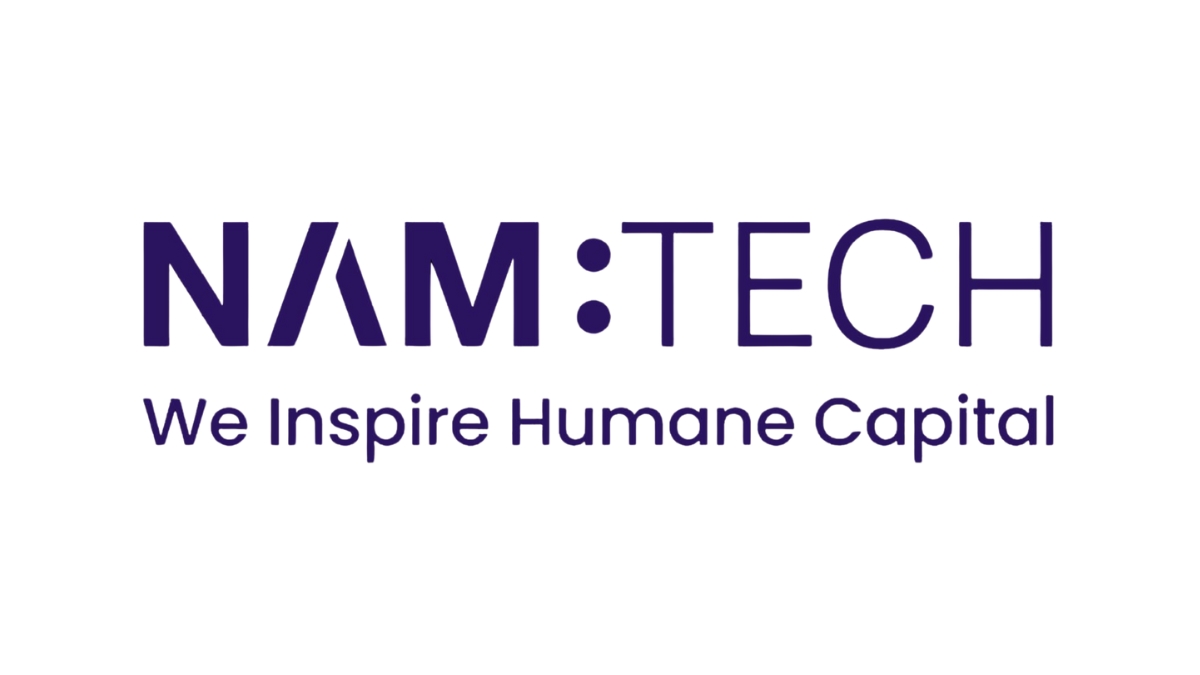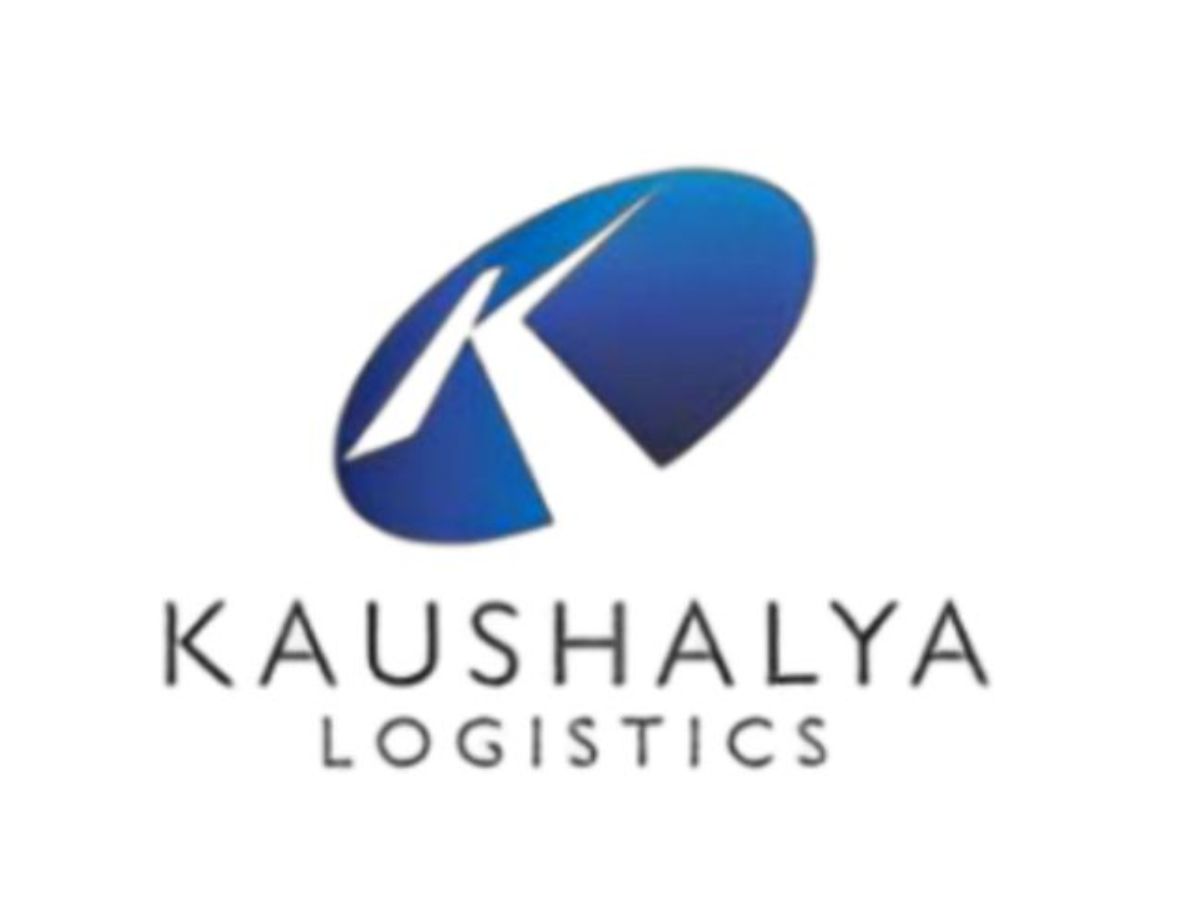How Indian startups are breaking barriers to enter and thrive in US market

Starting a business is not easy. There are inevitable hurdles that founders need to navigate while launching a startup. They may seem insurmountable at times, but with the right strategy and attitude, hard work, and most importantly, unwavering determination, they can be overcome.
Indian startups have emerged as strong players in the global entrepreneurial landscape, and many have successfully established a presence in the highly competitive US market. These innovative companies have overcome numerous challenges only to grow and thrive. Indian startups have a clear advantage in terms of accessing a diverse talent pool of seasoned professionals having spirit.
A study by Alariss Global, a Silicon Valley-based firm helping startups with global expansion, found that three out of four early-stage Indian startups want to expand in the US but face many hurdles, including a shortage of overseas teams to expand and hire and high management costs.
This article examines the key factors driving the growth of Indian startups in the US market, and how they are breaking barriers and building a customer base within the American ecosystem.
Cultural adaptation
Indian startups entering the US market understand the importance of cultural adaptation. They invest time and effort into figuring out the local business environment, consumer preferences, and market trends. By considering cultural nuances and tailoring their products and services accordingly, startups can create a strong connection with the American audience.
Rooms is one such Indian firm that effectively assimilated into the US culture. The popular hospitality business provides uniformed and budgeted hotel accommodations.
When it entered the American market, OYO Rooms made major changes to its business model and offerings to meet local needs. It adjusted its products in light of the distinct preferences and demands of American tourists with inexpensive yet high-quality housing options.
Technology and innovation
Indian startups have leveraged their technical expertise to create innovative solutions that solve real-world challenges. They bring cutting-edge technologies such as artificial intelligence, blockchain, and data analytics to the market, offering a unique value proposition to American consumers and businesses. This combination of technical know-how and innovation has allowed companies to stand out in the crowded US market.
An example of an Indian software company with a sizable American clientele is SaaS startup . The Nasdaq-listed company’s customer engagement software solutions offer customer service, sales, and marketing automation tools.
Freshworks has grown its business successfully on a global scale and established a significant position in the US market. Products from the company are designed to meet the requirements of companies of all sizes—from small startups to major corporations. Its cloud-based software solutions give businesses a wide range of tools to efficiently interact with clients, manage relationships, and streamline processes.
Strategic partnerships and cooperation
Indian startups understand the importance of entering into strategic partnerships and collaborations to expand their reach and capabilities. They actively seek partnerships with local businesses, investors and industry experts to gain market insight, access resources, and build strong networks. These collaborations will provide valuable support in navigating the complex US business environment.
Cabs is one such Indian firm that penetrates the US market through strategic alliances and collaboration.
Scalability and cost efficiency
Indian startups have improved their ability to scale quickly while keeping costs down. They employ agile methodologies, lean procedures, and efficient processes to optimise resource allocation and achieve sustainable growth. This scalability and cost efficiency make the company attractive to investors and enable it to compete effectively in the US market.
Food delivery startup has successfully competed in the US market while showcasing scalability and cost-effectiveness.

Atul Tiwari is a seasoned journalist at Mumbai Times, specializing in city news, culture, and human-interest stories. With a knack for uncovering compelling narratives, Atul brings Mumbai’s vibrant spirit to life through his writing.





